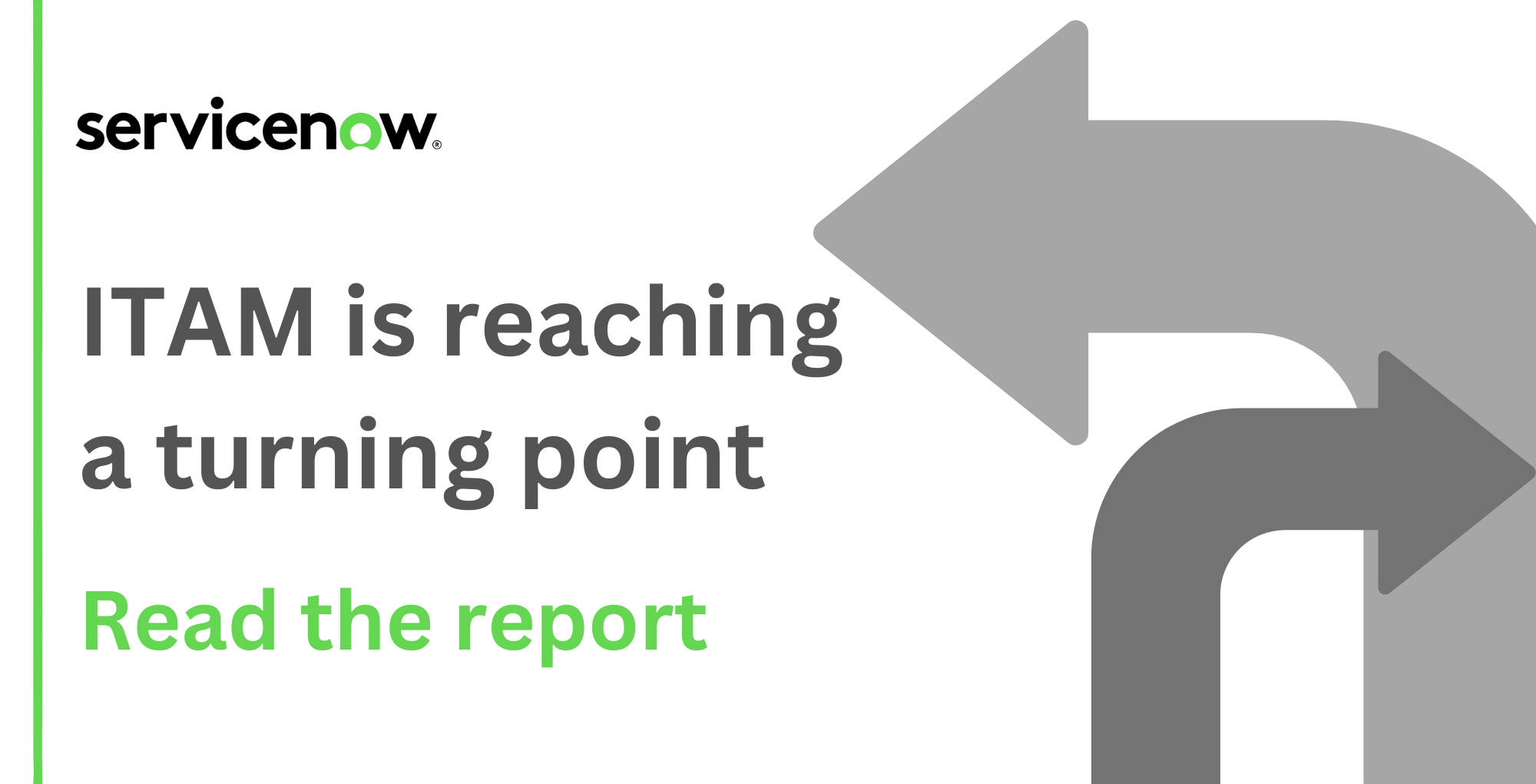By Bryan Blackburn, Product Marketing Manager – ServiceNow
The latest findings from ServiceNow’s annual IT asset management survey are out and reveal a significant turning point for ITAM. 450 IT leaders from across the world participated in this survey, which took place during July 2023. The ever-changing demands of business not only influence how organisations manage assets but also raise expectations for ITAM teams. These teams are now tasked with improving productivity, delivering visibility, and maximising the business value of technology assets.
ITAM reaches an inflection point
With businesses investing more in digital transformation, ITAM teams have mixed opinions about how it impacts their role. One group sees the heightened reliance on IT as an opportunity to elevate ITAM. The other views the changes as a source of frustration. The scope and speed of innovation introduces complexities and an increased number and variety of assets to manage.
IT leaders reporting a high level of ITAM maturity experience digital transformation more positively. They also possess the agility and effectiveness to meet evolving business demands. On the other hand, organisations with average levels of ITAM maturity find digital transformation more challenging. Their processes, skills, or systems tend to struggle to adapt at scale.
ITAM maturity drives strategic business outcomes
It’s no surprise that 64.4% of organisations report IT is increasingly being held accountable for the business impact of its investments. ITAM information plays a critical role in various business functions. When technology asset information is complete, accurate, and up to date, it improves business outcomes.
Most organisations listed “Better quality of end-user service” and “increased asset utilisation and resource optimisation” as the top benefits of ITAM. Further down the list, there’s a shift from practical benefits to more strategic outcomes. “Assured compliance and governance” (for example) ranks lower on the list of ITAM benefits. This indicates that organisations with lower ITAM maturity struggle to deliver strategic ITAM outcomes.
Collaboration is crucial to ITAM success
Building partnerships with other business functions is essential to understand their reliance on ITAM and asset information and to identify any gaps or challenges in processes and policies.
For example, budgeting cloud resources can become highly complex without visibility into costs, utilisation, or potential risks. At 43% of organisations, ITAM teams are proactively and consistently collaborating with FinOps and Cloud Center of Excellence (CCoE) teams. However, the norm is that FinOps and ITAM remain separate, specialised teams with just 5% of the panel reporting a combined FinOps and ITAM team. When asked what the long-term relationship of FinOps and ITAM will likely be, 55% of the panel predicts they will be brought into a larger, unified organisation that will manage all asset types.
ITAM brings many skills to the task and is increasingly held accountable when cloud spending far exceeds budget. The first skill of note is software license compliance tracking. This is especially important when migrating to the cloud and dealing with bring- your-own-license (BYOL). Strategic cloud cost management brings the proficiencies of ITAM together with the nuances of FinOps.
The near-term future of IT asset management
IT leaders predict higher levels of automation (40.2%) will be the biggest change ITAM teams will face in the near-term future. With smaller teams overseeing more assets, automation is now a survival essential. The enormous, unending job of making certain asset data is complete and accurate guarantees that automation and asset management will increasingly go hand in hand—unless stymied by siloed barriers.
Additionally, IT leaders predict that ITAM teams will be expected to focus more on environment, social, and governance (ESG) initiatives (36.3%). ITAM has the potential to play a crucial part in guiding sustainable approaches to asset energy consumption, sourcing, and disposal. However, when asked what specific functions are the most difficult, ESG reporting sits at the top end of the list (28.4%)—second only to security and risk management (38.7%).
The ITAM landscape is at an inflection point. This is driven by the dynamic demands of modern businesses and the relentless pursuit of digital transformation. ITAM teams can become strategic partners and influencers in executive decision-making by delivering accurate asset information that drives business outcomes.
To seize these opportunities, ITAM teams must seek opportunities where ITAM can support business objections and executive decision-making. They must also proactively and consistently engage with key stakeholders and leadership, and increase the focus on aligning future business needs with today’s priorities.
See these other related blogs:

